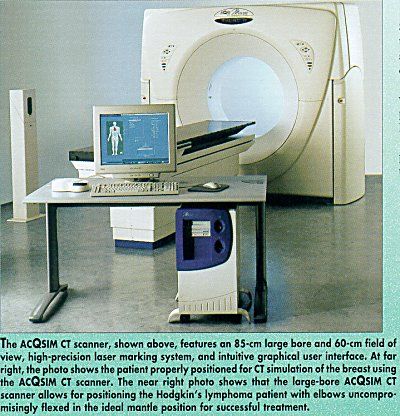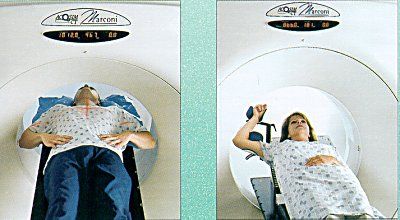Marconi Medical Systems Gets FDA Clearance for Large-Bore Oncology CT Scanner
CLEVELAND-Marconi Medical Systems has received 510k clearance from the FDA to market its new ACQSIM CT scanner that addresses the special needs of oncology CT simulation and planning.
CLEVELANDMarconi Medical Systems has received 510k clearance from the FDA to market its new ACQSIM CT scanner that addresses the special needs of oncology CT simulation and planning.
The ACQSIM CT scanner is designed with an 85-cm large bore, to simplify planning difficult cases, including breast, Hodgkins lymphoma, and large patients.


The acQsim system includes a high-precision localization and marking system and a virtual simulator that yield digitally composited and/or reconstructed radiographs that exceed the requirements of conformal and high-precision radiotherapy delivery, the company said.
The footprint of the new scanner is the same as that of standard 70-cm diagnostic CTs and is designed to fit into rooms that currently house a conventional simulator or CT scanner.
Several sites will be installed in 2000, the company said, with general product release scheduled for the spring of 2001.